Current and Active Projects
Robert Wood Johnson Foundation
“The future of evidence: low-cost sensing, local knowledge, and evidence to drivechange around airborne coal dust”
Team: Dr Sally Pusede (PI-UVA), Dr. Justin Richardson, Dr. Liana Richardson, Dr. Kimberly Fields, UVA Repair Lab,
Overall objective: Coal dust is produced through physical processes that wear on the brittle rocks to generate coal particles which are then uplifted to the atmosphere by winds. Dust is regulated by the U.S. EPA by size, with coal dust largely consisting of PM10 (particulate matter with a diameter less than 10 micrometers) and including PM2.5. Coal dust contains toxic metals causing health effects at levels below National Ambient Air Quality Standards (NAAQS). We will evaluate the future of evidence around low-cost sensing and community monitoring, analyzing the information content of low-cost nephelometers in the context of sensors that accurately quantify dust, outdoor and indoor measurements of trace metals unique to coal, and local knowledge around dust severity and impacts.
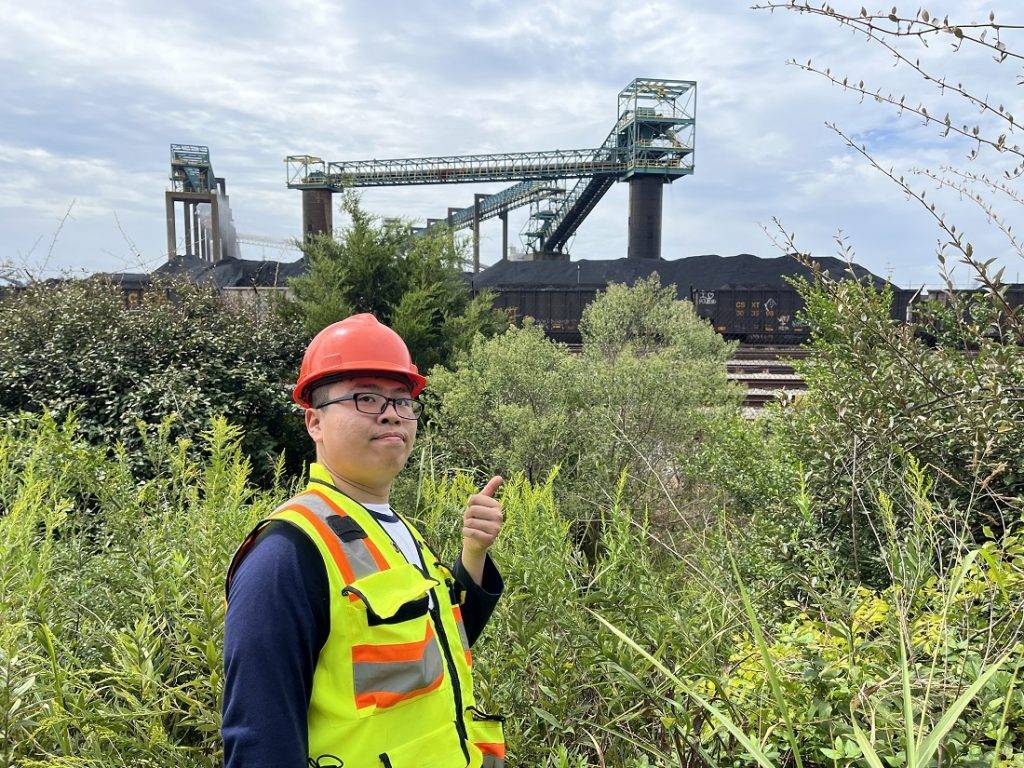
USDA-National Institute of Food and Agriculture
“Assessing nutrient sustainability in forest management: novel applications of microbial and isotopic signatures”
Team: Dr Justin Richardson, Dr Anthony D’Amato (UVM), and Dr Nicolas Perdrial (UVM), Alexandrea Rice (UMass), Grace Smith (UVM), Victoria Treto (UVM).
Overall objective: use stable isotopes and microscale geochemical investigations to identify the sources of Ca, Mg, and K within forests and determine the balance between decomposing plant nutrients and mineral dissolution sourced nutrients. In addition, utilize novel in-situ field measurements of vascular fluids and mineral weathering. This information will be used in the process-based model estimate nutrient budgets for several harvests over the next two hundred years
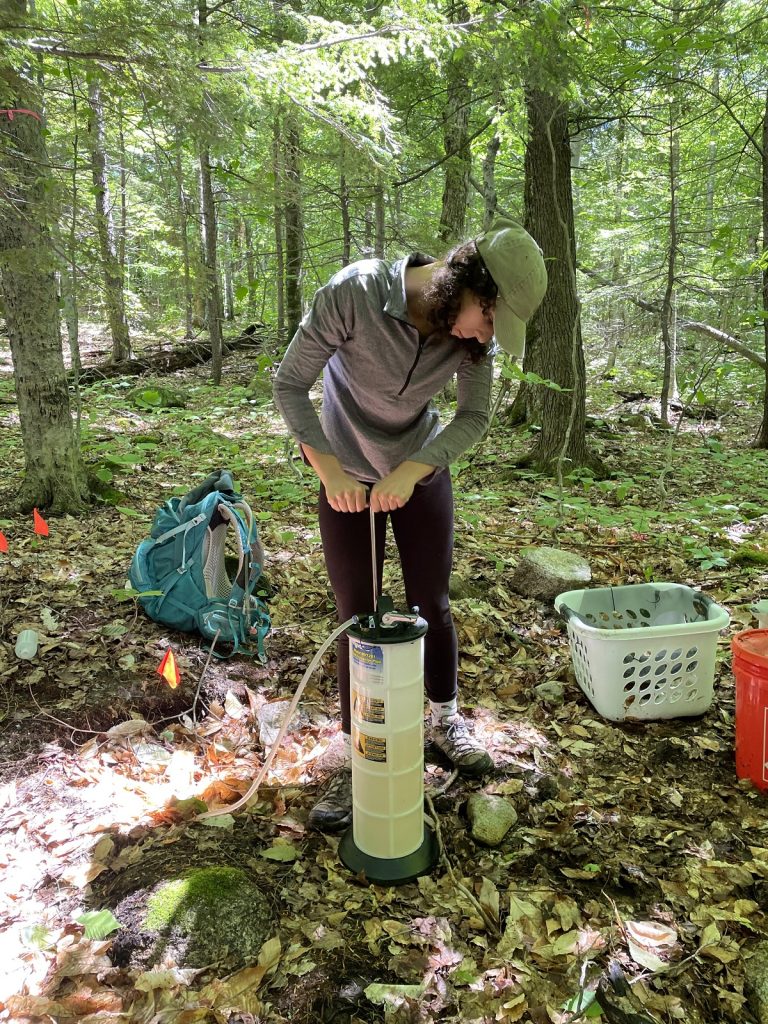
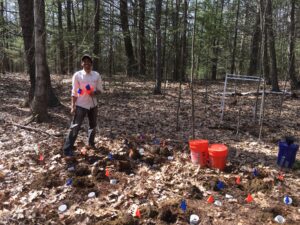
NSF-Low Temperature Geochemistry and Geobiology
“Does synergy among litter, organic horizons, and roots bolster nutrient retention and production? ”
Team: Dr Justin Richardson, Dr. Ashley Keiser (UMass), Dr Annise Dobson (Yale), and William Caston
We aim to explore the co-dependence of litter, organic horizons, and roots to tease apart how do inorganic nutrients cycle in the plant-soil continuum and assess underlying assumptions on effectiveness of internal cycling. Main objective – assess leaf litter and its decomposition from trees as the dominant source of both nutrients and organic C to soils, it generates organo-mineral complexes across a climate gradient.
USDA-NRCS
“Regional Scaling of Blue Carbon Measurements with Lidar-Derived Geomorphic Tools ”
Team: Dr. Brian Yellen, Dr Justin Richardson, Dr. Jonathan Woodruff, Dr. Konstantinos Andreadis and Dr. Qian Yu
We will develop and test a method of tidal marsh geomorphic classification that can be used to rapidly estimate carbon stocks, with uncertainty, at the individual marsh level. We will apply this method to the entire Northeast US coast to derive an estimate for total carbon stocks of this geographically diverse region. We will leverage big data and machine learning to estimate active carbon burial rates at tidal marshes throughout the Northeast US using lidar-derived tidal creek networks and pedotransfer functions.
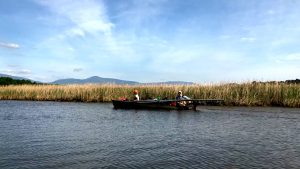
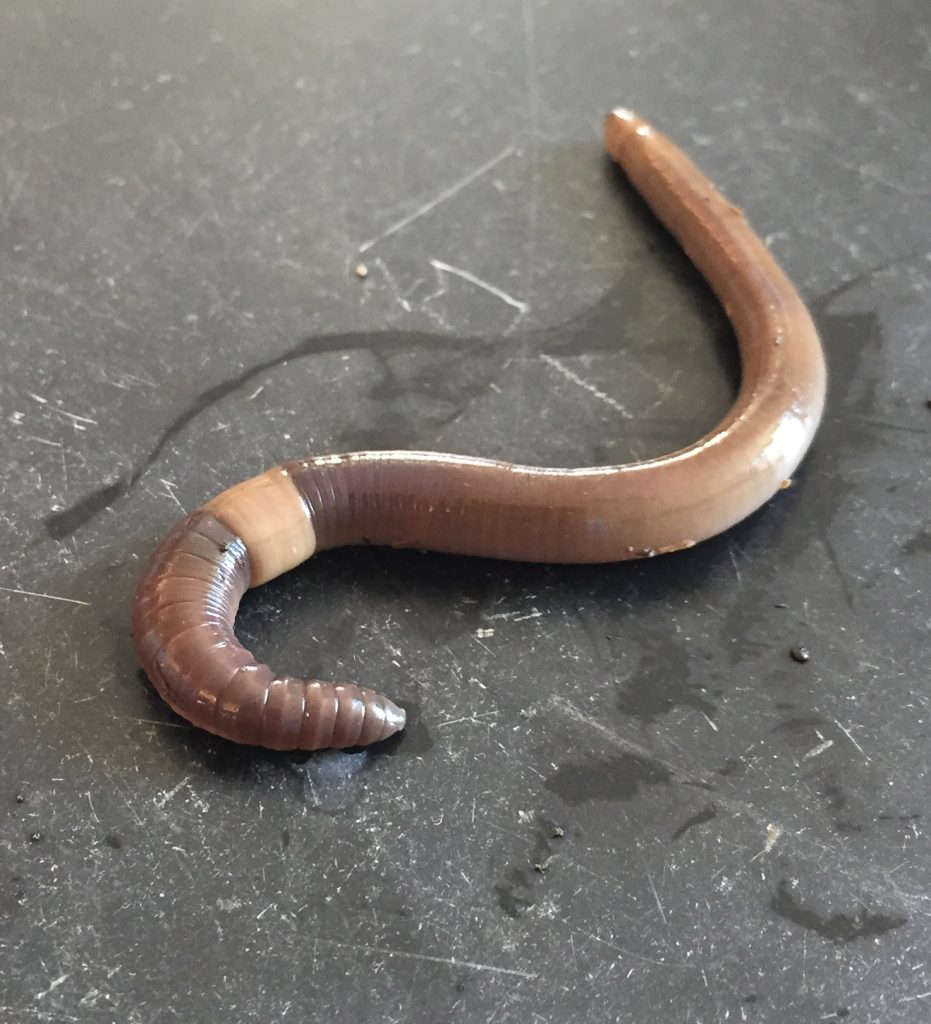
“Quantifying ecosystem impacts from invasive jumping earthworms”
Team: Dr Justin Richardson, Dr Josef Gorres (UVM), and Dr Annise Dobson (Yale), others.
Overall objective: Invasive jumping worms of the Megascolecidae family are rapidly spreading across forests of the eastern United States. Compared with European earthworms of the Lumbricidae, jumping worms have rapid population growth, high population density, and are able to consume both litter and mineral soil. This project seeks to measure the impacts of jumping worms on forest ecosystem services.
Completed Funded Projects
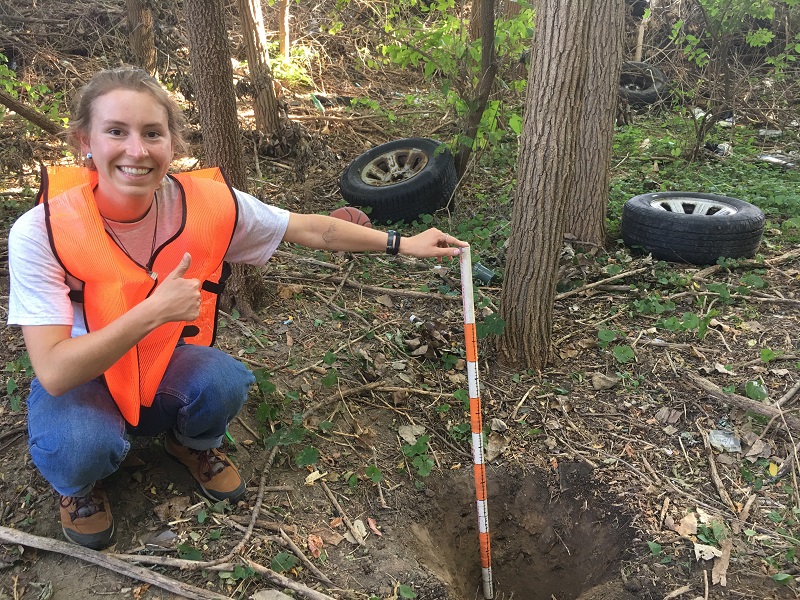
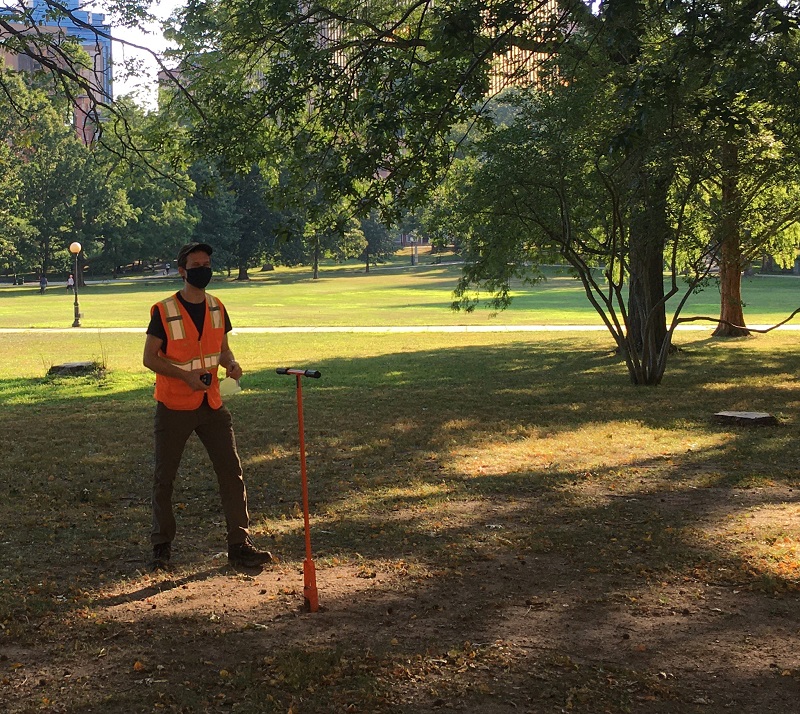
USDA-NRCS
“Development and Application of PXRF Protocols to Potentially Hazardous Metals in Soils of Urban Forests and Gardens”
Team:Dr Justin Richardson and Dr. Nicolas Perdrial
we are conducted a project to develop a field protocol for applying pXRF to urban soils that may be adopted by either or both the regional Northeast Regional Soil Survey or the Soil Survey Fields Manual. Furthermore, we propose to apply this new protocol to two Research Priority Areas in the Northeast US (1) mapping and predicting trace/toxic/heavy metals in urban soils; (2) assessing potential bioavailability of trace metals for urban agriculture and native vegetation. Topics to be addressed: How does soil moisture, organic matter, and rock fragments affect field and laboratory pXRF measurements? Does trace metal distributions and concentrations (particularly As, Cd, Pb, Cu, Zn, Mn) in urban soils depend on lithology, land-use history, or traditional parameters (pH, clay content, and organic matter content)? Can toxic metal concentrations in urban soils measured by pXRF be used to predict increased uptake of toxic metals in crops of urban gardens or native and invasive woody plants in urban forests?
NSF – Low Temperature Geochemistry and Geobiology
“Development of gallium-aluminum ratios as a tracer of the Critical Zone behavior of Al”
Team: Dr. Louis A Derry (Cornell), Dr Justin Richardson, Dr. Alida Perez-Fodich, Corey Palmer
We seek to investigate the controls on Ga/Al in the Critical Zone to enable its use as a quantitative tracer of aluminum biogeochemistry. We will use a combination of field and laboratory-based studies on materials from granitoid catchments across four Critical Zone Observatory sites. This work will allow us to characterize the coupled distribution of Ga and Al in the CZ, and develop an improved understanding of the biogeochemical processes that control this distribution. The overarching goal is to develop the necessary fundamental understanding to support the use of Ga/Al as an effective tool for mass balance and tracer studies of Al in the Critical Zone and beyond.
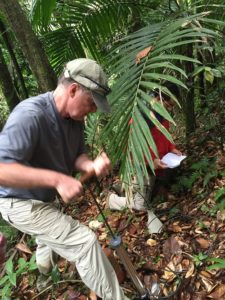
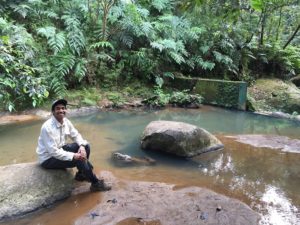
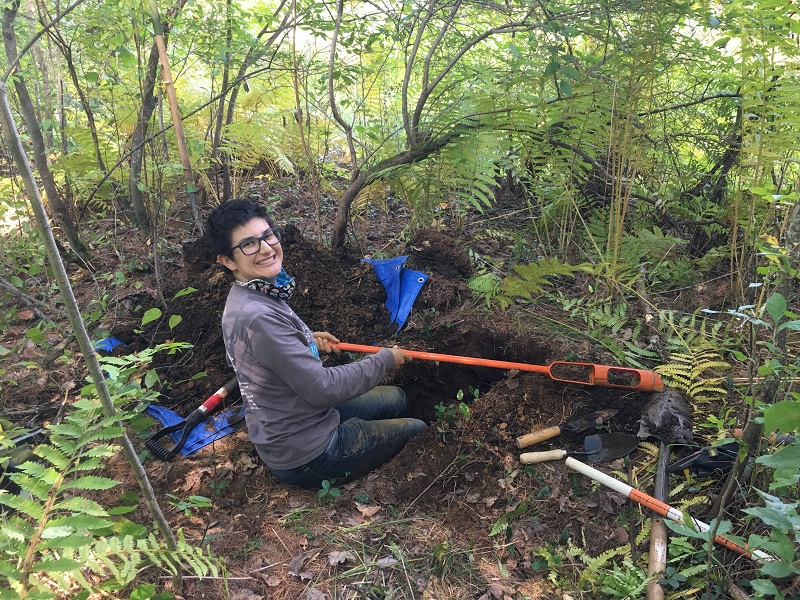
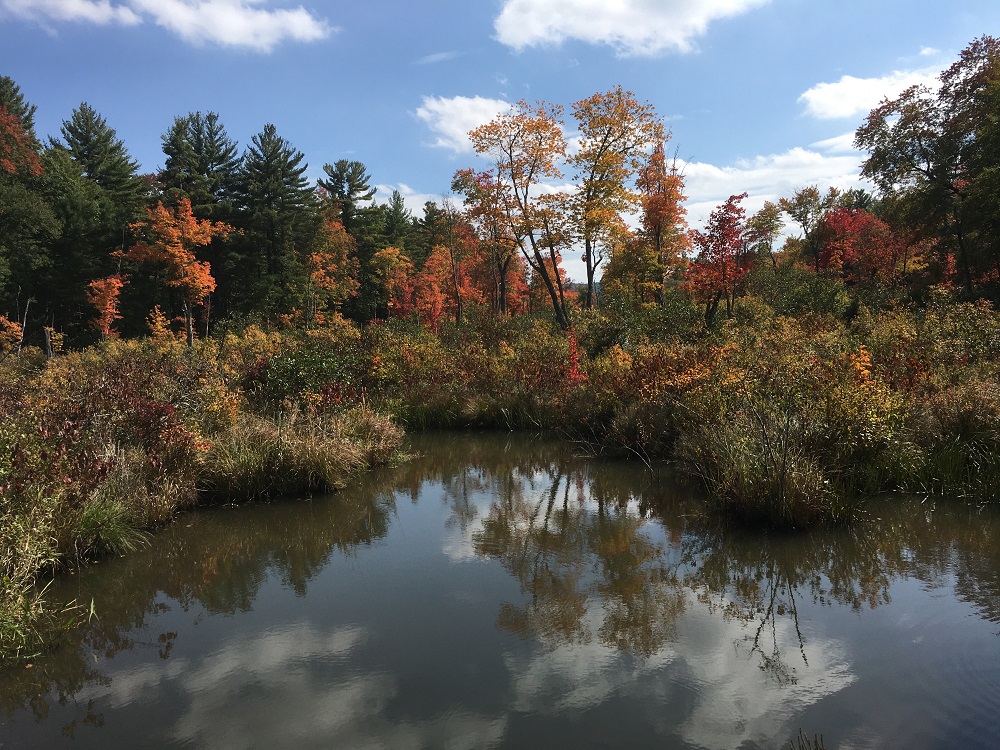
United States Geological Survey State Water Resources
“Manganese sourcing and transport in Massachusetts groundwater: Understanding dissolution mechanisms and creating a temporally variant database.”
Team: Dr. David F. Boutt, Dr. Justin B. Richardson, Lee X. Zuñiga
Manganese is a widely abundant element in rocks, soils, and waters. Despite its low solubility under oxic conditions, Mn is ubiquitous in groundwaters across the U.S., with an estimated 2.6 million people consuming groundwater with elevated Mn concentrations (McMahon et al., 2019). There are many unknowns with respect to the sourcing, transport, and environmental impact of Mn in terrestrial systems and linkages with groundwater resources. Temporal variability of Mn in groundwater is suggested to be a larger issue than currently acknowledged, and primarily relates to redox variability within aquifers (Ayotte et al., 2015). The work conducted as part of this project aimed to quantify the occurrence of Mn in terrestrial and subsurface solid phases and aqueous phases to examine factors driving dissolved Mn concentrations in groundwater.